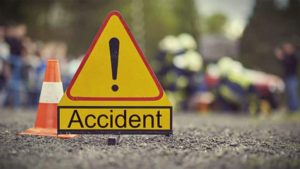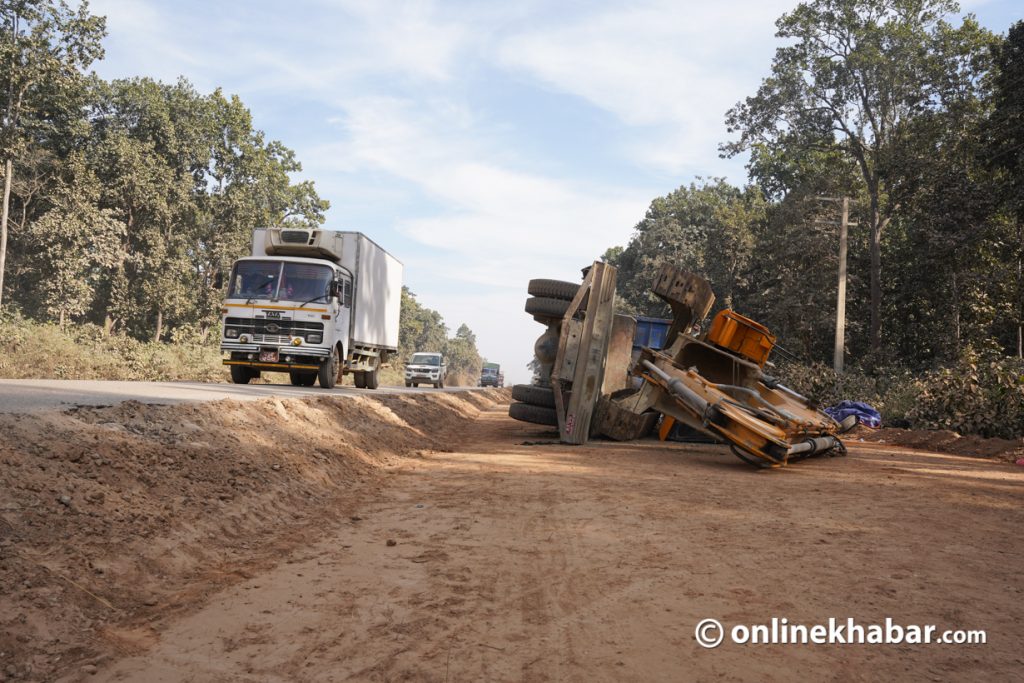
The month of January saw major road accidents in different parts of the country, including Lamhi in Dang, Dhorpatan in Baglung, and Chandragiri in Kathmandu. Road accidents have been common throughout the country with Nepal Police data suggesting over 2,500 people dying in them annually. Despite this, the Ministry of Finance has shown reluctance to introduce the proposed Road Safety Bill to reduce traffic accidents, fatalities, and serious injuries, and enhance road safety.
Instead, the Finance Ministry has asked the Ministry of Physical Infrastructure and Transport to include the proposed bill in the Public Roads Act. Along with that, the government’s initiative to pass dedicated laws on road safety and set up a mechanism, including the empowered National Road Safety Council (NRSC), to decrease accidents, has come to a halt.
Keshav Kumar Sharma, secretary of the Ministry of Physical Infrastructure and Transport, says they asked for a dedicated road safety law that comprehensively addresses institutional arrangements was the need of the hour. This includes ensuring safety in road construction, promoting public awareness, providing training and communication facilities, implementing rescue mechanisms, and arranging rehabilitation for families affected by road accidents. However, the Ministry of Finance believes a separate law is unnecessary due to concerns about potential increased financial burden.
Hourly need
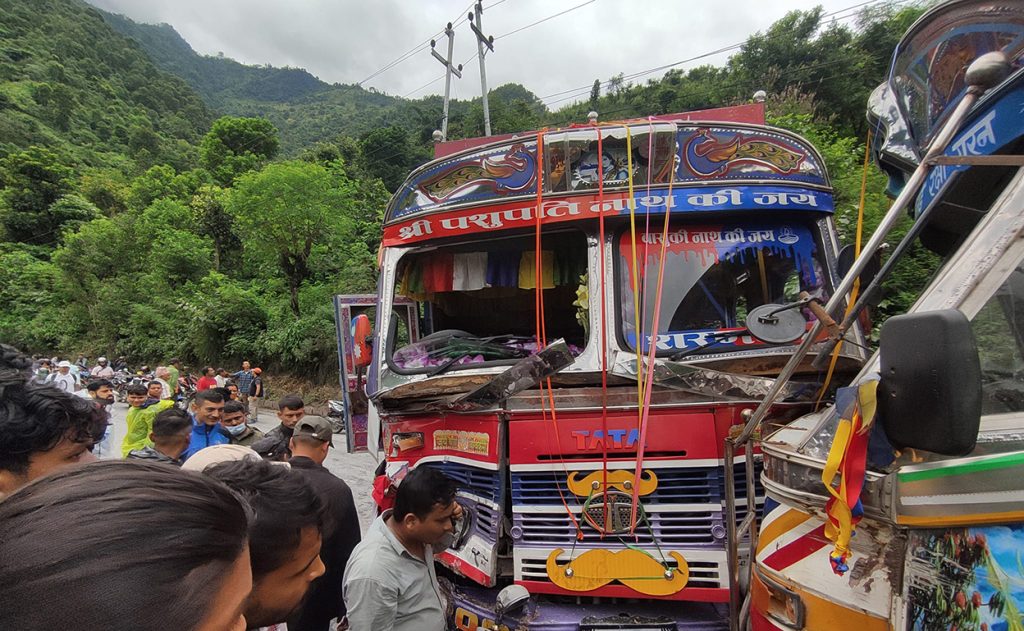
Officials from the Ministry of Physical Infrastructure allege that the Ministry of Finance is approaching sensitive matters, such as passenger safety, solely from an economic standpoint. They say that concerns related to road, vehicle, and passenger safety are being overshadowed, and there are indications that this approach will continue.
“The government is avoiding addressing the sensitive issue of road accidents and the associated human and material costs, fearing an increase in expenses. This contradicts the government’s commitment and policy to reduce traffic accidents in the future,” says an official from the Ministry of Physical Infrastructure on the condition of anonymity.
According to the Ministry of Physical Infrastructure, the existing laws lack the vision and purpose necessary for developing a sustainable, safe, risk-free, and reliable transportation operation and security system. Therefore, the Ministry of Physical Infrastructure officials argue that a distinct law is essential to decrease road accidents and ensure the safety of pedestrians, including passenger transport workers and roadside residents, as well as pets, wild animals, and birds.
“The Road Safety Act is the need of the hour as it will help us during post-accident rescue, treatment management, rehabilitation, and legal representation,” says the official.
Currently, there are gaps in enforcing road rules, monitoring vehicle capacities, ensuring road structure safety, managing traffic signs, and organizing road safety facilities. The implementation of the Road Safety Act is seen as crucial to address these issues.
However, there has not been a facilitative environment for providing education and raising awareness about road traffic safety, safety mechanisms, and coordinating among organisations related to road transport. The aspect of training drivers with skills and knowledge, as well as monitoring road safety on the roads, is also lacking. This is why experts have been suggesting introducing a separate road safety law to address these aspects.
The Finance Ministry, however, says that road safety should not be downplayed by ignoring human sensibilities related to road safety and citing economic reasons. Officials from the Ministry of Physical Infrastructure argue that incorporating safety considerations in the Road Act does not automatically result in a decrease in accidents or the integration of post-accident rescue, relief, and rehabilitation efforts.
“The existing laws do not address road safety anywhere. Due to its lack of clarity and inadequacy, it has not been implemented with due diligence. For instance, provisions such as those for vehicle inspectors outlined in the Transport Act have not been acted upon by the government,” says an official from the Transport Ministry.
Policies and commitments, but no laws

The Motor Vehicles and Transport Management Act (1993) includes several provisions related to vehicle registration, road permits, driver’s licenses, traffic management, insurance, and penalties. The Public Roads Act (1974) primarily focuses on road management. However, there is no provision in the Act regarding the National Road Safety Council.
In this situation, Nepal has developed a 10-year road safety action plan but is yet to enact corresponding legislation. Unfortunately, government agencies and mechanisms are not obligated to follow the action plan, as it lacks legal guidance.
Now, the Transport Ministry holds the view that if safety considerations are explicitly addressed in the Public Roads Act, the outcome will not differ from what the Finance Ministry has said. Given the Public Roads Act’s close association with the Department of Road, the ministry thinks greater emphasis will be placed on road construction. However, they argue that incorporating the road safety aspect into the Act would not be effective.
Secretary Sharma of the Transport Ministry is tasked with ensuring road safety, overseeing physical infrastructure and transport, and coordinating efforts across education, health, home, law, federal affairs, and general administration ministries. This responsibility extends to provincial ministries, local levels, as well as various agencies, organisations, security agencies, non-governmental organisations, and related entities, each with their specific roles.
“As all the agencies need to be allocated responsibilities for various aspects of road safety, we have requested them to collaborate in formulating a distinct law. This should encompass the reduction of all types of accidents,” said Sharma.
The ministry believes that a dedicated law addressing road safety is crucial to mitigate severe road accidents in Nepal and to uphold the commitments made by the country on the international stage.
Nepal has committed to implementing the Stockholm Declaration through the Global Road Traffic Safety Conference in 2020, as per the United Nations Sustainable Development Goals. Nepal, which has incorporated sustainable development goals into its national development plan, has not yet commenced work aligned with these objectives.
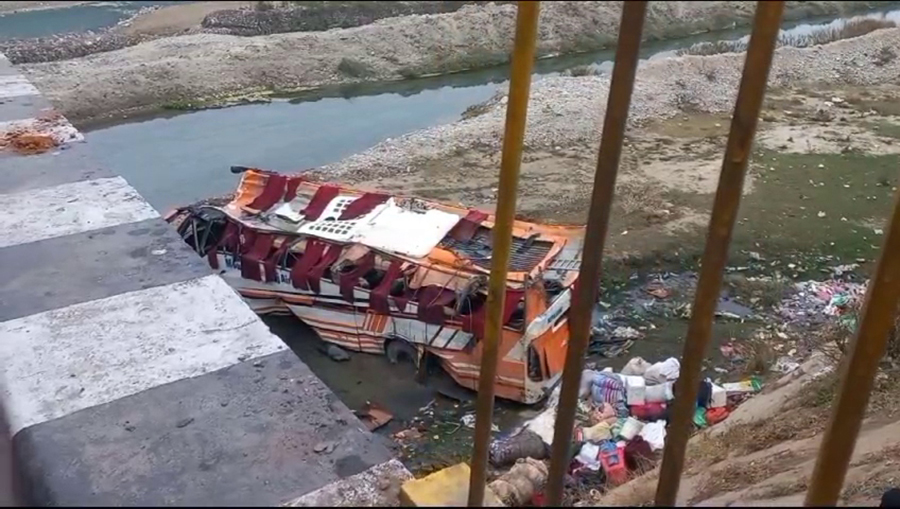
Nevertheless, Nepal’s neighbouring countries are already addressing road safety through legal frameworks. Various states in India have enacted road safety laws, and the effectiveness of these laws is contributing to a 50 per cent reduction in road accidents.
In 1999, Bhutan also introduced a unified road safety and transport act. Pakistan, on the other hand, issued the National Highway Safety Ordinance-2000 to ensure road safety, distinct from its National Highway Authority Act (1991). Britain, Australia, America, New Zealand, and other countries have established separate road safety laws as well.
Road safety neglected
In Nepal, road safety has been consistently neglected due to the absence of dedicated legislation. Road safety expert Keshav Adhikari says that the government primarily focused on road construction, overlooks crucial aspects such as road safety and reinforcement. Consequently, roads are transforming into perilous pathways for both vehicles and passengers.
“There is a lack of interest in formulating policies and laws aimed at mitigating financial losses resulting from accidents,” says Adhikari.
He further points out that safety is not a governmental priority, as expanding the road network is perceived to yield more political benefits than implementing additional structures to enhance road safety.
“When I worked as an expert in the Transport Ministry for over a year, I realised that promoting road safety is not a government priority,” he says. “Annually, more people die due to road accidents than those who die in natural disasters, but the government has not given it much attention.”
Even though the prime minister, ministers, and MPs keep asserting that roads have been constructed, no one seems to be addressing the critical issues of road safety and quality.
Saroj Sitaula, General Secretary of the Federation of Nepalese National Transport Entrepreneurs (FNNTE), says that the government must be attentive as accidents are on the rise due to various technical and human factors, including road infrastructure.
“Many accidents can be mitigated by improving road conditions, installing barriers on the sides, putting up informational boards, and ensuring scientific and practical road markings,” he says. “We need to formulate a plan and progress accordingly.”
Sitaula argues that the government should establish policies to create mechanisms for emergency rescue, treatment, and rehabilitation after an accident occurs. He emphasises the importance of enhancing road infrastructure, conducting a scientific examination of the technical condition of vehicles, and ensuring compliance with the law by drivers, passengers, and regulators. He says that blaming drivers and transport entrepreneurs for accidents is inadequate, and the government must fulfil its responsibilities.
Roads are unsafe
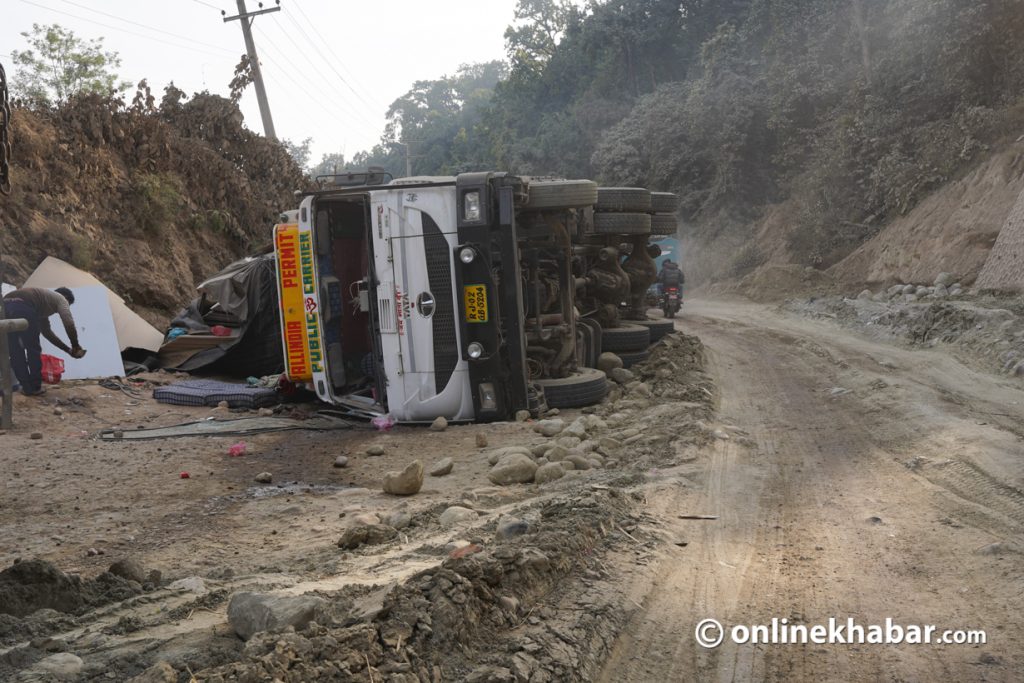
Nepal currently boasts a road network spanning approximately 100,000 km, with the majority consisting of dirt and gravel roads. Among the more than 22,000 kilometres of national and subsidiary highways, numerous sections remain unpaved.
Despite the government’s substantial investment in road construction and expansion, minimal efforts are allocated to ensuring road safety.
Recently, all three levels of government have accelerated the widening of roads, incorporating asphalt and slopes. However, it appears that issues concerning road quality and safety are escalating at a faster pace. Roads that have been neglected in the guise of maintenance have become a nightmare for the public.
Infrastructure expert Suryaraj Acharya notes that these problems arise due to the tendency to construct roads only after they have sustained damage, without considering potential issues during the initial construction phase.








